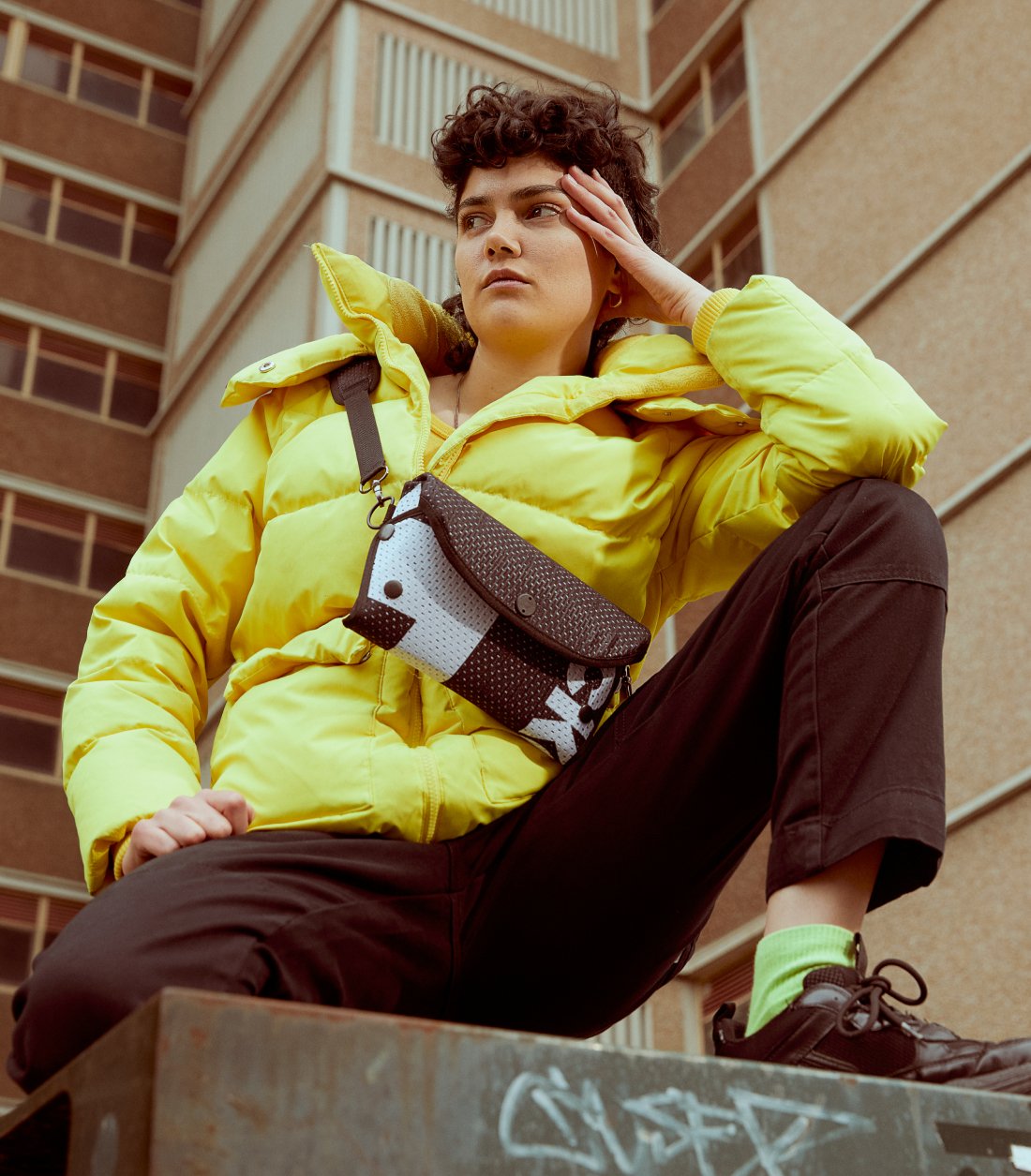INTERVIEW #103 INTO CARRY
Based in: Naarm/Melbourne, VIC, Australia
Founded in: 2020
Founded by: Luke Phillips
Stores: Into Carry Studio/Into Coffee, Sucker Store Brunswick, BLAEK Store Sydney, Into Carry website, Project Blank Website.
Price range: $120-200
Instagram: @intocarry.co
Welcome to A Sustainable Closet, can you please tell us more about Into Carry and why did you start this brand?
We started Into Carry to change material relationships. We've slipped into a passive mode of consumption where we're detached from the true value of the materials we have ownership over.
What materials are you using and how come you are focusing on bags?
I (Luke Phillips) come from an Industrial Design background. I spent some time researching and designing backpacks and modular carry wear at RMIT University. Since then I had an environmental awakening that revealed our linear mode of consumption. So when we embarked on a journey to design circular products, bags were the area we were most passionate about and knowledgeable in. So we went for it.
Where are the products produced and how do you work to guarantee workers' rights?
We produce every item at our studio in Naarm/Melbourne. We have a team of four machinists sewing the bags together and have a close working relationship with them. The hours worked are flexible, every week we're adjusting and tweaking the hours and deliverables to make sure the business and the workers are in alignment. This conversation is direct and open between the team. We also provide meals and coffee through Into Coffee.
What have been and are the major challenges with starting your own brand and creating bags out of trash?
The biggest challenge has been breaking down perceptions of 'waste'. Any new brand, especially carry wear, is approached with an inherent amount of risk. From the customer's perspective, any new brand has little credibility, so there's a lot of perceived risk when considering a purchase. Add on top of that the fact your product is made from waste and you've got a bit of a challenge on your hands. So working through that has been a really great learning journey to understand how different audiences react to different messaging.
What do you think needs to change in the fashion industry to make it more sustainable?
At the ground level, we need to stop viewing 'sustainable change' as a problem or a sacrifice. We need to approach it as an opportunity, a catalyst for change. This change in approach not only yields more creative and innovative solutions to the problems we face but also changes the way we communicate about these issues. If we're communicating through positive, aspirational messaging with sustainability, we can attract and encourage more people to engage in these issues.
What has been the response to the work you do, what do people think about your products?
Like anything slightly different, we get mixed responses. But, the majority of them are positive. Most people we engage with understand the environmental value in what we do. Climate change isn't up for debate anymore, we agree it exists and now it's time for action. I think people see this as a tangible example of the action starting to take shape. It gives our customers a way to engage with environmental change and wear their values over their shoulder. The hardest push back we have is in relation to the price. Because each piece if made by hand under Australian wages and we look after our staff, we have a high labour cost on production. This has been catered for in the design for manufacturing of the product which allows us to be competitive, but it's still higher than bags that are produced offshore. We price as competitively as we can but at the end of the day, wage cost bumps our RRP up higher than some people are comfortable with.
What are customers' favourite products and what do they say about you?
Our customers favourite product is the Min Sidebag. It's a great everyday size for daily knick-knacks. It tucks under your arm or around your shoulder effortlessly and it holds a surprising amount for its size. We produce this product in many different waste materials, the most notable being milk cartons (Bonsoy, Oatly, Monor Figures, Happy Soy Boy), orange netting bags (Snakeskin range in collaboration with WOAT) and leather couches we source from local tips.
The general feedback is they get lots of comments on their bag. It's one of the bonuses of using unique materials is that spark for conversation.
What do you think about the sustainable fashion scene in Australia? Are people aware?
I'm probably not the best person to answer that question. I come from Industrial Design so I'm learning more about the fashion industry as we dive deeper into it. But I will say there are a lot of brands trying new things and exploring different innovations. These can be physical innovations like materials, manufacturing processes, or they can be systems innovations that tackle ownership perceptions with rental subscriptions and the like.









